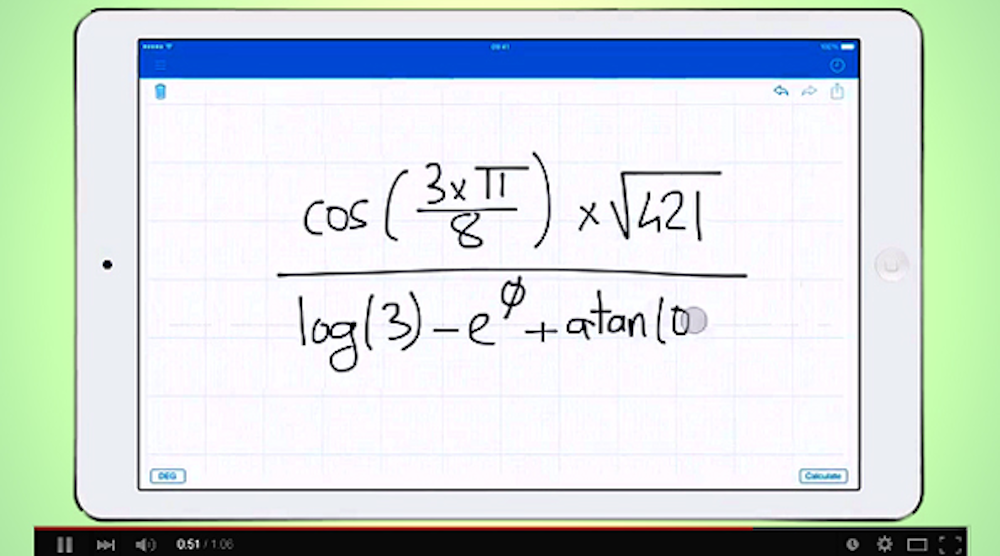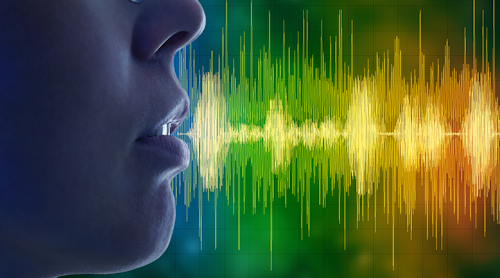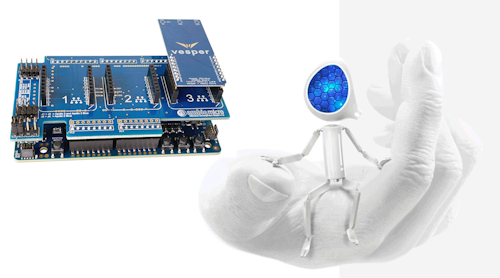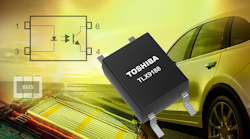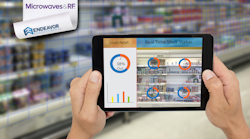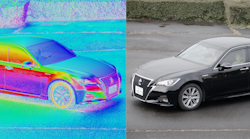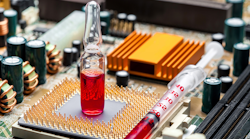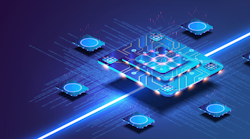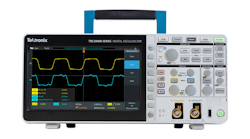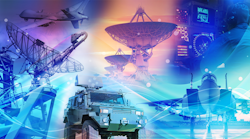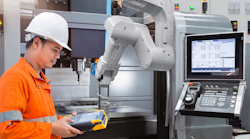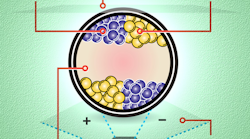人工智能(AI)正在成为increasingly ubiquitous within the technology industry, with capabilities that are much more practical than most consumers may think. Smarter e-mail spam filters and autonomous vehicles are just two examples of how deep-learning systems and AI technologies enable machines to better interact with their surrounding environment and provide vast benefits to users.
By using a series of layers within a neural network to analyze data, deep-learning systems continue to change the way computers see, hear, identify, and even respond to objects in the real world. While the combination of such skills has made it possible for machines to perform increasingly complicated, human-like functions, the future of deep learning is now being dictated by user-driven input methods.
Neural-network algorithms are among the most interesting machine-learning techniques. The technology can be applied to solve complex problems that traditionally require human involvement. A neural network models the biological behaviors of synapses and neurons, and can be used to make predictions for complex data sets. Through the innovation of natural input methods that understand the interaction and habits of users, engineers and researchers are able to deliver vast new productivity gains for the end user.
Technological advances have led to the emergence of a number of new input methods. Optimizing the training and architecture of neural networks for input methodology unleashes a dramatic improvement in accuracy that often appears human-like in providing results to the user. It’s up to designers to incorporate multiple input methods into wearable and other consumer devices for a more natural and intuitive user experience.
Below are four human-machine-interface (HMI) methods that every electronics engineer should consider, since improving the user experience is linked to device satisfaction and desirability. Many new designs require multimodal input methods so that the user can select the input method most desirable for a particular place and task.
Predictive Keyboards
Predictive keyboards are far from a new phenomenon. Most smartphones, tablets, and laptops offer some sort of feature that suggests the next word or words in a sequence in an effort to shorten the time it takes for users to type a sentence. This technology is made possible by the creation of a custom dictionary that includes repeatedly used words and phrases. Sometimes it’s powered by a deep-learning system that gradually becomes familiar with a user’s writing style, making it easier to breeze through a text or browse the web.
While predictive keyboards are prevalent across mobile devices and applications, they serve various purposes. In some cases, predictive keyboards help maintain a user-specific dictionary for the entire device. Other times they store common phrases and words by app, further increasing the chances the keyboard accurately predicts the user’s next word. Users eager to slash the time it takes for a deep-learning system to grow accustomed to their vocabulary can add words that the device has failed to remember and remove inaccurately saved words.
Although the predictive keyboard has become increasingly effective, it remains a flawed input method if it’s the only input method available on the device. After all, humans don’t type the same way they speak or write by hand. Engaging in this less natural form of communication can quickly lead to confusion. Before a deep-learning system adapts to their writing style, users may have to break their stream of consciousness to delete an incorrect word or start over a sentence. The introduction of wearable devices that feature increasingly small screens will only add to the issues associated with incorporating predictive keyboards.
Gesture Recognition
Still another emerging input method involves no physical contact with the device at all. Through the use of mathematical algorithms, gesture recognition enables electronic devices to interpret common hand gestures. The input method has been featured in several different industries over the past few years. From Snapchat’s adoption of gesture-based filters to the introduction of gesture-controlled infotainment systems within automobiles, gesture recognition has captured the attention of designers—and for good reason. Gesture-based interactions are relatively straightforward and even fun in some cases.
不过,仍然关注周围的the input method’s scope and accuracy are hard to ignore. Gesture recognition enables users to perform very specific tasks without much thought or effort. The input method’s limited adaptability, however, makes it difficult for designers to incorporate gesture recognition into wearable tech and consumer devices on a regular basis. Poor accuracy can also frustrate users who are expecting an intuitive input method.
Voice Recognition
On the surface, voice recognition appears to be the most intuitive deep-learning method available to electronic designers. Not only do users have the opportunity to engage in the most intuitive form of communication—speech—but they can also multitask while doing so. Better yet, voice recognition is a common feature on modern-day devices like smartphones, watches, and laptops.
As precise and effective as it may be, however, voice recognition isn’t always the ideal option for every venue. Background noise can easily disrupt a user attempting to issue a command, forcing him or her to start over. Similarly, users may not feel comfortable speaking in a public setting or business environment, rendering the voice-recognition functionality essentially useless in those venues.
Handwriting Recognition
When it comes to pushing the boundaries of deep learning, electronics designers need not look further than handwriting recognition. By enabling users to take advantage of a powerful natural input method across wearable and consumer devices of all different screen sizes, handwriting recognition maximizes convenience for users.
MyScript’sdigital ink technology, for example, allows users to superimpose letters on top of one another written as individual characters or cursive, while also interpreting each of the individual letters. This enables an entire word of a sentence to be formed on a very-small-screen input device, ultimately helping devices quickly gain an understanding of each letter—including how it’s formed and used.
Given its intuitive nature, handwriting-recognition technology has already enhanced deep learning in several different industries. Digital ink technology is ideal for wearable devices, which often feature screens that are too small to type on. Superimposing letters on top of one another enables users to write texts or e-mails, or search for directions, using handwriting recognition.
The same principle applies to the automobile industry, which utilizes handwriting-recognition technology as a means of controlling the dashboard, searching for directions, or switching radio stations. This interaction can be performed while the vehicle is in motion without looking at the input device, which is a boon for an automotive cockpit, where low-distraction operation while driving is essential. With each written letter, machines move closer to performing increasingly complicated, human-like functions.
With the future of deep-learning systems and AI technologies hanging in the balance, electronics designers face the challenge of incorporating input methods that provide users with a more natural and intuitive experience. Wearable technology and other mobile devices featuring multi-modal input capabilities could help accommodate the demands and preferences of all users, rather than focusing on a specific environment or segment of consumers. While the idea of artificial intelligence will always strike fear in the hearts of some, the emergence of practical, user-friendly deep-learning systems may help shed light on the potential benefits of AI technologies and devices.
Looking for parts? Go toSourceESB.

